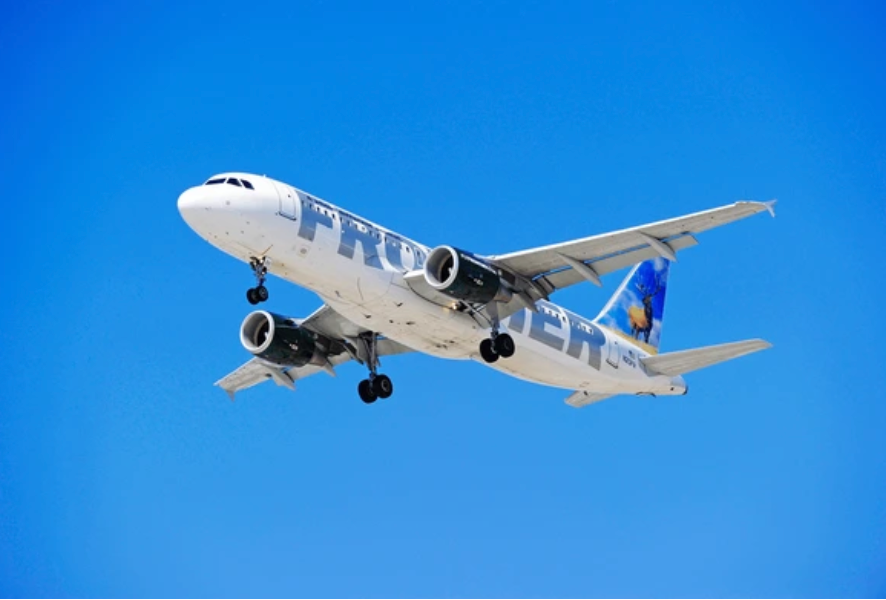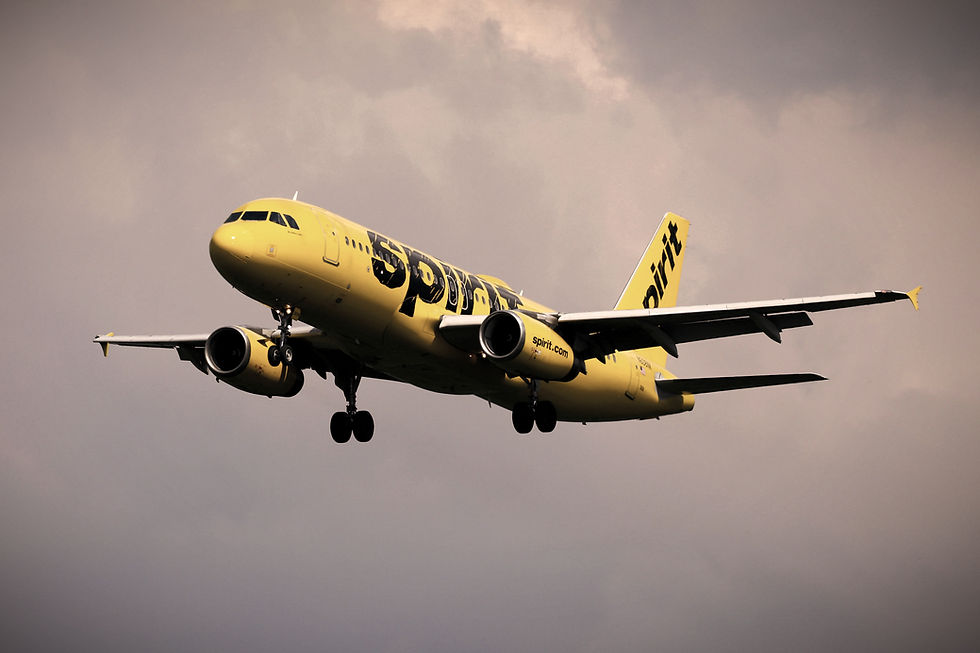Frontier Airlines Is On the Move: What This Means for the Future of Air Travel
- Vanessa Mariscal

- Aug 27
- 2 min read

The U.S. airline industry just got a major plot twist. Frontier Airlines is going all in—launching 20 new routes this winter and eyeing dominance in America’s top metro areas. Why now? With Spirit Airlines stumbling financially and Southwest cutting free baggage perks, Frontier sees a wide-open runway to seize market share and win over travelers.
But this isn’t just a story about one airline’s growth. It’s about how the entire air travel game could change in the coming years.
Frontier’s Big Ambitions
Frontier isn’t thinking small. Their plan includes:
20 new routes from hubs like Fort Lauderdale to Detroit, Dallas, and Chicago.
A push to double loyalty revenue to $6 per passenger by 2026.
An aggressive strategy to become the low-cost leader in the 20 largest U.S. metro areas.
This isn’t just expansion—it’s a calculated move to dominate the budget travel sector while competitors are distracted.
What It Means for the Airline Industry
1. A Shake-Up in the Low-Cost Arena
Spirit Airlines’ financial troubles leave a vacuum in the ultra-low-cost segment. Frontier is stepping in fast, potentially reshaping the competitive landscape and redefining what “budget travel” looks like.
2. Pressure on Full-Service Carriers
As Frontier grows, both traditional airlines and other low-cost carriers will feel the heat. Lower prices, more routes, and better perks will become a necessity, not a bonus.
3. Operational Efficiency Becomes King
With fluctuating demand and economic uncertainty, airlines will need to optimize fleets, streamline routes, and diversify revenue—just like Frontier is doing with its loyalty program and modern Airbus A320neo aircraft.
4. The Rise of “Premium Budget” Travel
Frontier isn’t just selling cheap seats anymore. Expect to see better cabin experiences, loyalty perks, and flexible options—signs that even low-cost carriers are moving toward a “premiumization” trend.
The Bigger Picture
Frontier’s bold expansion is more than a growth story. It signals where air travel is heading:
Fiercer competition in budget travel.
A blending of low-cost efficiency with premium experiences.
Airlines are becoming smarter, leaner, and more customer-focused to stay ahead.
For travelers, this means more options, better deals, and higher expectations for service—even on budget tickets.
Bottom Line
Frontier Airlines is rewriting the rules of low-cost travel, forcing the entire industry to rethink its strategies. As they expand into new markets, expect other airlines to follow suit—because in this race, staying still is not an option.
The skies just got a lot more competitive—and travelers are about to win big.
By Vanessa Mariscal
Telling stories that move the world of travel, tourism, and hospitality at FerrConn




Comments